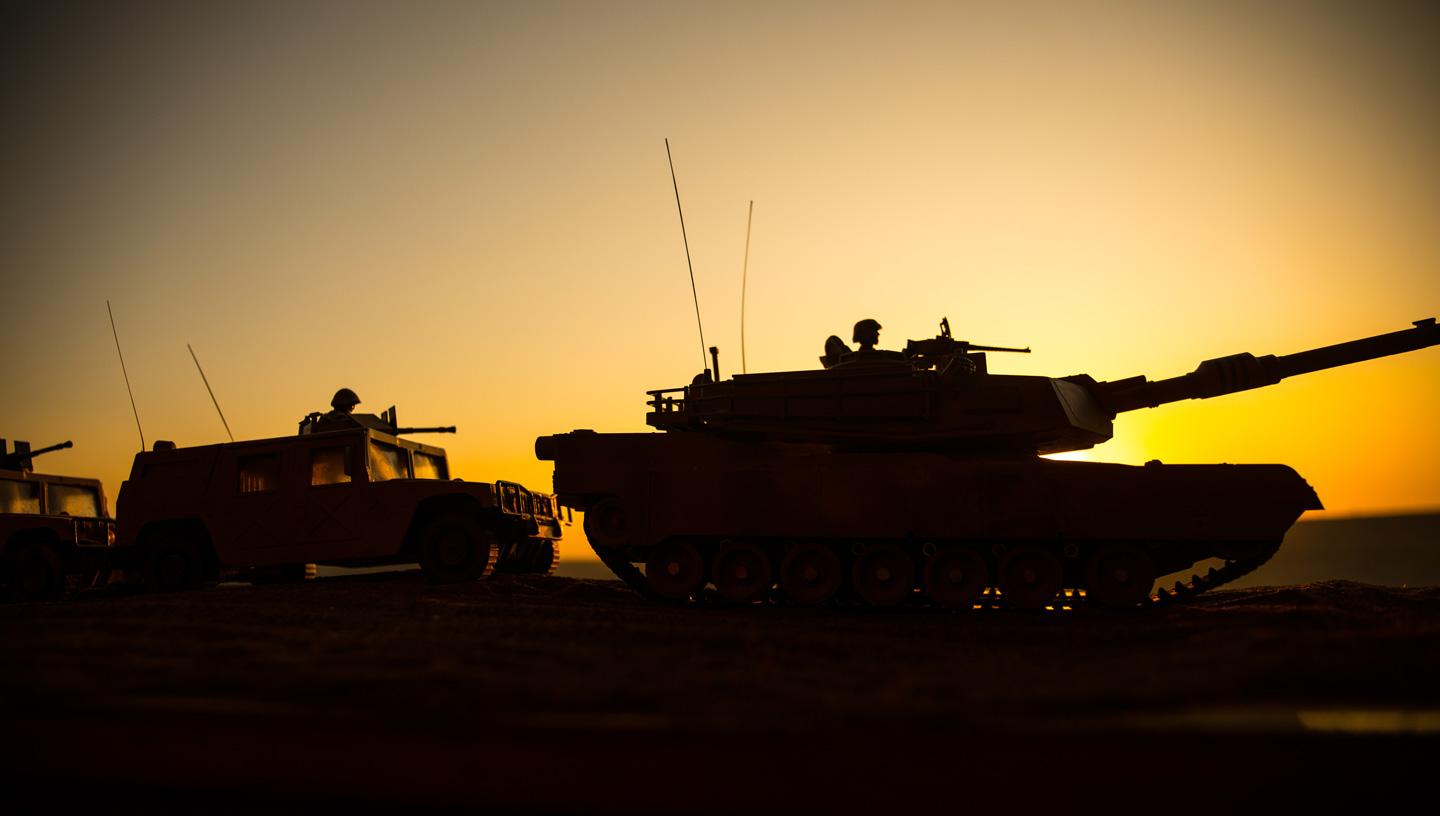
Logistics Decision Dominance: Maintaining Operational Superiority in a Contested Environment
Defense, Logistics, Contested Logistics Decision Dominance, Contested Logistics
Often, we think of U.S. military superiority as a function of the number of weapons platforms fielded, the size of the defense budget, or our edge in networked warfare. What receives less attention is our singular capability to support our forces through complex global logistical operations. The United States has a unique capability to project and sustain power across the globe. In future conflicts with peer or near-peer adversaries, that advantage will be more critical to mission success, and more directly challenged, than ever before.
Now Is the Time to Focus on Decision Support
Now is the time to turn significant attention and resources to maintaining our logistics advantage. While technological fixes—resupply by drones, stealth subs, or even rockets—may be part of the solution, the fastest, cheapest, and most impactful area for investment is in decision support. Our logisticians and operators need real-time situational understanding of the contested environment and the tools to make the right, data-driven, decisions at the pace of need.
With AI controlling fighter aircraft and global data networks that precisely target concealed enemy positions with guided munitions, you might think logisticians already have powerful tools to maintain combat effectiveness for our forces. However, most logistics planning occurs today through a combination of spreadsheets, whiteboards, and (at best) aging, static web applications.
No new technological breakthroughs or major new software acquisition programs are needed to begin bringing logistics decision support into the modern era. What has been lacking is the resourcing and prioritization. The good news is that’s starting to change.
Leveraging the tools DoD already has can help rapidly modernize logistics decision-making while controlling cost and complexity. Data and analytics environments, like Advana and the Army’s Vantage platform, offer access to authoritative logistics information across a wide variety of organizations, with more data integrated every day. These platforms’ powerful visualization capabilities enable field and headquarters leaders to understand the availability, location, and condition of critical material.
More advanced analytics capabilities, like machine learning and modeling and simulation, enable use cases beyond situational awareness by delivering predictive and prescriptive logistics insights.
- In peacetime, logisticians can model how a future conflict might unfold so they can “stress test” inventory levels against likely future demands and address potential shortfalls of long-lead items.
- In pre-conflict scenarios, Geographic Combatant Commands (GCC) can ensure that base infrastructure and prepositioned equipment are available to sustain combat power through the initial phases of a conflict when resupply may be difficult or impossible.
- During a conflict, logistics insights allow for the efficient use of limited transportation assets (air, sea, and ground) to deliver tailored support through contested environments. For example, by optimally loading airlift sorties to deliver the material support that most effectively sustains combat power at the edge.
These are meaningful advances that are achievable now. We need to start pushing these discrete capabilities into the hands of warfighters as soon as possible. But while we embrace and expedite model-driven solutions, we cannot fall into the trap of pursuing perfection out of the gate. While we can envision a future in which logisticians work from a globally integrated, real-time site picture fed by ubiquitous sensors and precise models, the fact remains that logisticians at every echelon today can’t visualize what they have in inventory and where it is without a massive data-wrangling exercise. Others manually input mission parameters into a separate spreadsheet for every class of supply to calculate a standard, flat, recommendation of what a unit requires. These customers need to start taking the first incremental steps toward that visionary logistics future now rather than waiting for the complete package.
LMI is constantly looking into new ways to deliver logistics decision support where and when it’s needed in contested environments.
LMI has a deep understanding of this space and we’re building new solutions that support combat operations in a contested environment. These innovations will emphasize the usability and model accuracy that teams need for critical decisions.
With over 60 years of experience helping DoD make better logistics decisions, LMI has built and deployed models for running risk scenarios, resulting in important decision insights in peace and wartime. LMI already simulates disruptions to enterprise supply chains, enabling leaders to plan accordingly for resilience to withstand risks. LMI combines deep expertise in modeling, data science, and software delivery to mitigate the challenges associated with contested environments.
Advanced logistics decision-making is a key determinant in winning conflicts—and the U.S. can excel by moving boldly and quickly to maintain logistics decision dominance.

Accelerate Supply Chain Decision-Making with a New, Proactive Approach
Download our white paper to explore your supply chain’s biggest threats (and how to mitigate them).


